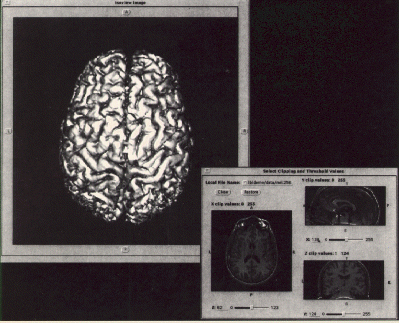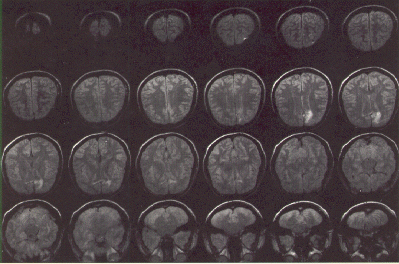

The new network link is part of a joint research program between LBL and Electrical Engineering/Computer Science at UC Berkeley. LBL's Bill Johnston was instrumental in the development of the network. The collaboration also includes Professor Domenico Ferrari and Professor Randy Katz of UC Berkeley.
Johnston notes that images and video are becoming integral to more and more research. Typically, researchers must be able to isolate features and extract their geometry as they perform a frame-by-frame mathematical analysis of motion or shape change.
Until now, the vast amounts of digital information inherent in images, along with the processing and storage demands, have retarded the growth of image-based research. A conventional monochrome instrumentation camera generates 30 frames per second, or a data rate of 120 megabits per second, information which must be transmitted, stored, and processed if it is to be scientifically useful.
In the distributed system under development at LBL and UCB, researchers connected to the gigabit network can look at a workstation monitor and see the data culled from a live video even as the experiment is running. The video camera is connected to a network where storage devices such as RAID II save the images. The network can also transmit them to LBL's new MasPar massively parallel processing system. The MasPar processes and analyzes the video input, providing an instant display of data at any engineering workstation on the LBL/UCB gigabit network.
The new computing environment is versatile. It supports video and audio conferencing between multiple individuals. It allows individuals, workstations, and scientific instrumentation at multiple locations to be temporarily configured into a virtual computing system. And it makes possible a new generation of collaborative experiments.
A cortical anatomy project, for example, would allow researchers to put together a database composed of different types of brain scans of normal and abnormal patients. Through a comparison of these two- and three-dimensional images, medical researchers would be able to organize, catalog, and characterize features of the brain. Scientists involved in combustion dynamics and geophysics are discussing use of the network to compare video recordings of experiments with synthetic images produced from simulations. By allowing researchers to compare theory with practice, the gigabit network should narrow the distance between the two.
The gigabit network, the MasPar, and connections to worldwide networks open up a world of possibilities. With the fall 1993 start-up of the Advanced Light Source, the new computing environment will help LBL realize its vision of opening the facility to scientists working at remote locations around the world.